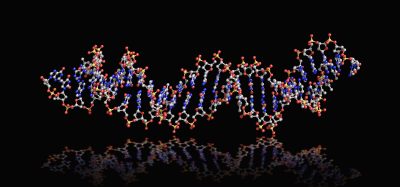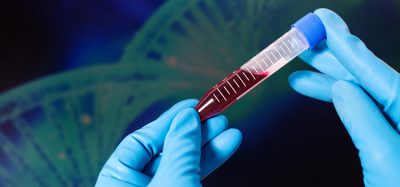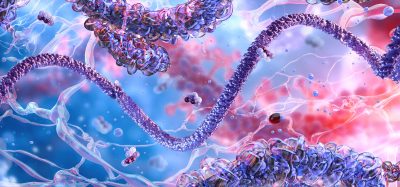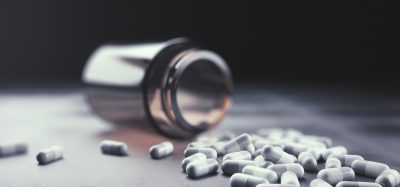First comprehensive single-cell atlas of human teeth compiled
Posted: 28 April 2021 | Victoria Rees (Drug Target Review) | No comments yet
Using single-cell sequencing technology, researchers have gained insight into the interactions of dental pulp and periodontal cells of teeth.
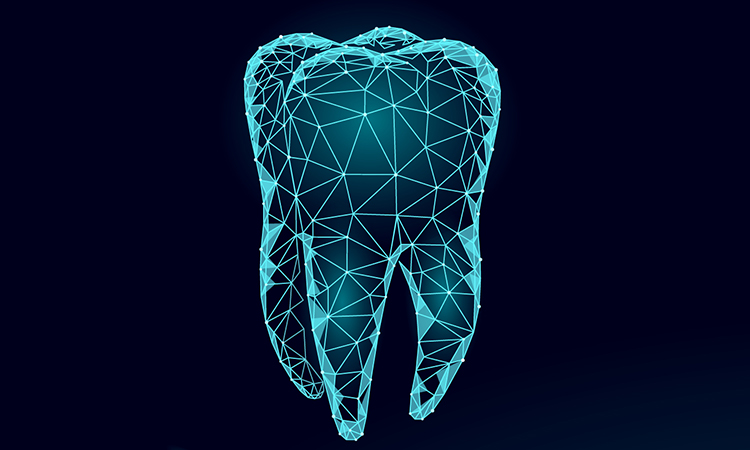

A team of researchers from the University of Zurich and ETH Zurich, both Switzerland, has created the first-ever single cells atlas of human teeth. By using advanced single-cell sequencing technology, they were able to distinguish every single cell that is part of the dental pulp and the periodontium.
“Our study provides an unprecedented understanding of the composition of these two tissues, which are subject to tooth-specific and bacterially-linked pathologies such as caries and periodontitis. Both the dental pulp and the periodontium contain stem cells that possess a great regenerative potential,” said first co-author Pierfrancesco Pagella, from the University of Zurich.
The study identified great cellular heterogeneity in the dental pulp and the periodontium. Unexpectedly, the team found that the molecular signatures of the stem cell populations were very similar.
“We think their different behaviour is possibly brought about by their distinctive microenvironment,” said Pagella. The findings suggest that the microenvironmental specificity is the potential source of the major functional differences of the stem cells located in the various tooth compartments.
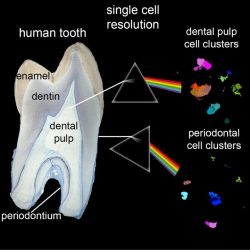

Composition of a tooth [credit: ZZM/UZH].
The study demonstrates the complexity of dental tissues and represents a major contribution to a better understanding of the cellular and molecular identity of human dental tissues.
“Single-cell approaches can help us understand the interactions of dental pulp and periodontal cells involved in immune responses upon bacterial insults. Therefore, single-cell analysis could be useful for diagnostic purposes to support the early detection of dental diseases,” said last author Professor Thimios Mitsiadis, from the University of Zurich.
According to Mitsiadis, these advances in dental research can also lead to more appropriate cell-based dental therapies, successful regeneration of damaged parts of the teeth and even more precise diagnostic tools in case of dental pathologies.
The study was published in iScience.
Related topics
Disease Research, Genomics, Molecular Targets, Next-Generation Sequencing (NGS), Sequencing
Related organisations
ETH Zurich, Zurich University
Related people
Pierfrancesco Pagella, Professor Thimios Mitsiadis



